7 Games for Critical Thinking that Add Play to Your Day
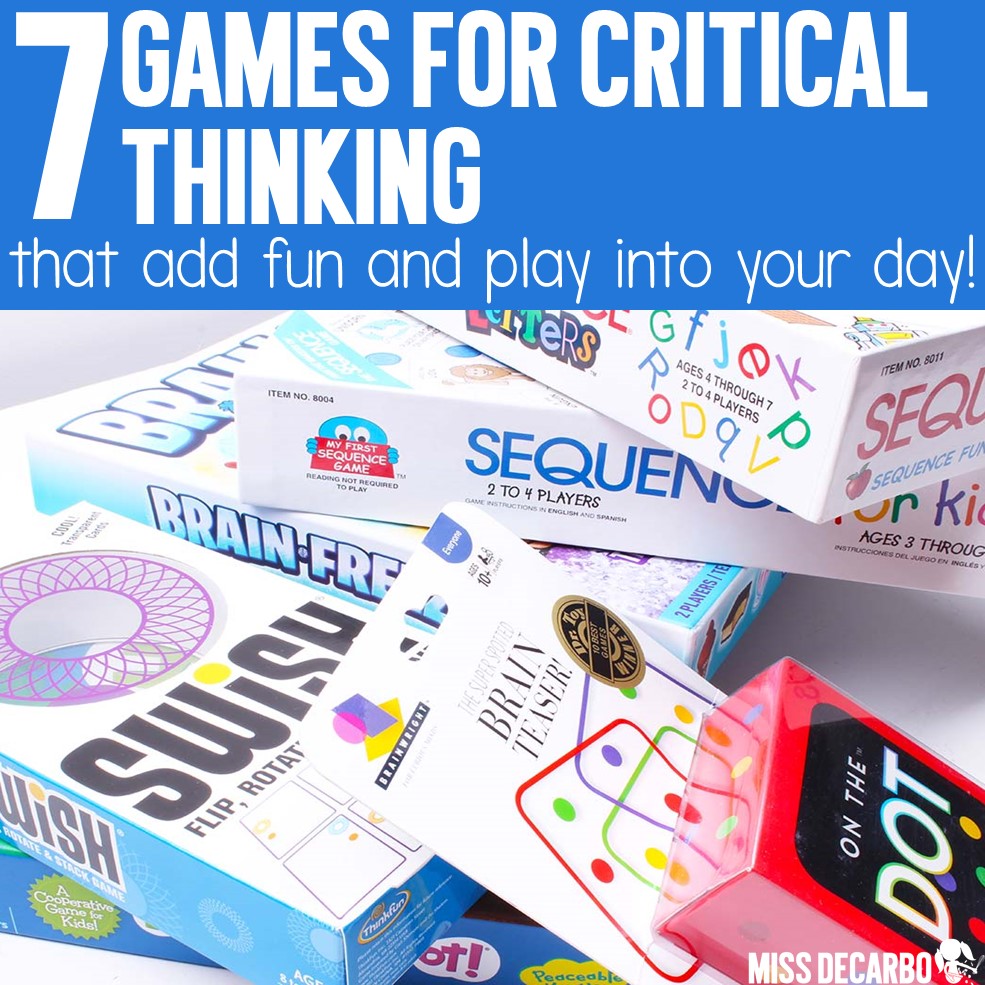
Let’s talk about the importance of PLAY and games in our classrooms today. Do you agree with the following?
Learning should be fun.
Learning should be engaging.
Learning should be JOYFUL!
I thought so! For children (and adults) play is a key the way the brain learns. When our students complete puzzles, they are working on problem-solving skills. When they play a game with rules to follow, they are learning how to cooperate and interact with others. When they play against an opponent, they are learning how to develop strategies, predict outcomes, and use logical thinking skills. What a better way to squeeze in play than with critical thinking games in the classroom? In this post, I’ll share seven of my favorite critical thinking games for primary students.
For your convenience, I’ve added links to the materials I talk about within the blog post. These are Amazon Affiliate links. This just means Amazon tosses a few cents my way if you make a purchase with the links – at absolutely, positively, no extra cost to you! These little links help me to continue sharing ideas, freebies, and giveaways with you on the site.
Finding Time for Games in the Classroom
Time. It’s a four-letter word that teachers across the world have a love-hate relationship with. “There’s not enough time!” is a phrase one will frequently hear from a kindergarten teacher as much as a middle school teacher. We know that our students need time to play and have fun in school. We know that games promote SO MANY wonderful skills and brain-friendly challenges for our students. In addition to Pinterest, teaching blogs, IG, and educational websites, I like to turn to the shelves of stores such as Target, Walmart, and Toys R Us for critical thinking games that my students will love to play! There are TONS of educational and high-quality games that you can find pre-assembled and ready to go- for a great price! So, when can we squeeze games into the classroom? Below are some of my favorite times to add board games and mind-challenging games into our schedule:
- Morning Work
- Small Groups
- Indoor Recess
- Friday Game Days (Use small group time or morning work time for games!)
- Math Centers
- Literacy Centers
- Word Work Centers
Teaching Students How to Play
It’s important to model how to play each game with your students. The critical thinking games I am going to share in this post take a lot of brain energy! They are designed to be fun- but challenging- for your students. As a result, don’t expect students to pick up how to play instantly and be able to independently play the games right away. I like to model and play the games with my students at the small group table. For example, every time I introduce a new Brainamin short or long vowel game as a word work center for my students, we play it at the small group table. I do this for math and literacy centers, too. In this way, I can correctly show students the materials, the rules, and I can even play with them to model my thinking and let them hear what I am thinking as I strategize my next moves and make decisions throughout the game. When students have had ample time to play and see how the game works WITH you, they will be more confident and have more fun when they play with their friends and classmates.
Organizing Your Games
Whenever possible, I like to get rid of the boxes the games come in and put them into plastic tubs. The boxes just seem to deteriorate over time, and the lids on the plastic bins help us keep everything tidy and organized. I use many of my critical thinking games during morning work time on Mondays and Fridays and during math and literacy centers. (On Tuesday, Wednesday, and Thursdays we use my See, Think, Wonder, Write routine for morning work.) I will be sharing more about my morning tub time (or what I like to call, Brain Bins) in future blog posts. For now, you can find the bins I use to store my critical thinking games in the links below. You’ll find two sizes of bins. For games that have a board game to them, I like to use the larger, flatter bins. For card games or other critical thinking materials such as the toys and activities I mentioned in this post, I use the medium bins because they take up less space and are really deep!
Large Bins:
Medium Bins:
Now, let’s get started learning about seven really fun games that you can use for centers in your classroom. These games will challenge your students’ minds, while encouraging them to use problem-solving, critical thinking, logical thinking, deductive reasoning skills, and most importantly, have fun learning!
Hoot Owl Hoot
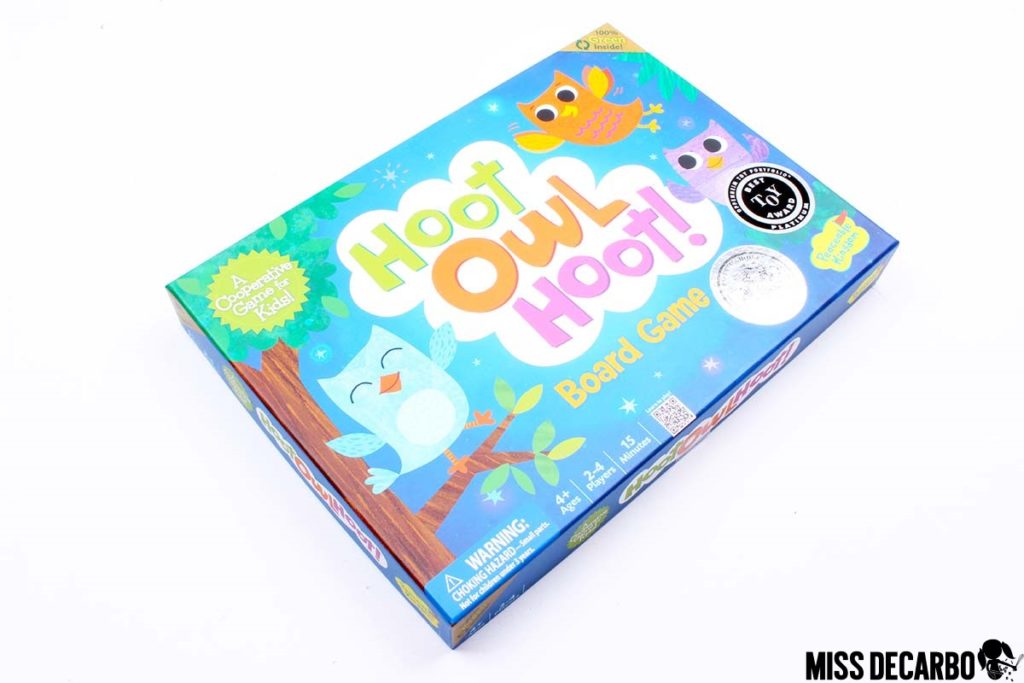
If you teach little ones, Hoot Owl Hoot is a MUST. Hoot Owl Hoot is designed by a company called Peaceable Kingdom. This is an award-winning game that focuses on cooperative play. (The game won the Oppenheim Toy Portfolio Platinum Award.) The object of the game is to help the owls fly back to their nest before the sun comes up. Students use color cards to move the owls closer to the nest. If they draw a sun card, they are one step closer to daylight. The BEST part of this game? EVERYONE wins! That’s right. The students must work together to get all of the owls to their nest. Whether you have a preschooler at home or teach kindergarten or first grade, this is a great game for kids! On top of the cooperative play, students have to use problem-solving skills and shared decision-making skills to be successful. It’s truly a wonderful game that challenges little ones’ thinking skills while having fun with friends!
SEQUENCE LETTERS
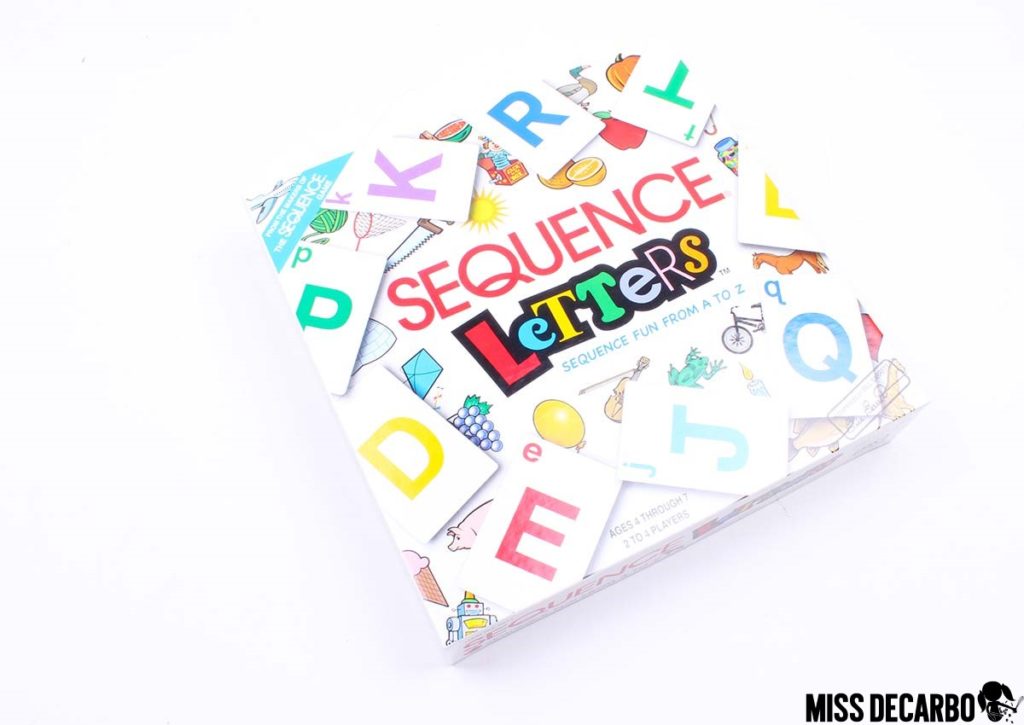
Sequence Letters is a game designed for ages 4-7, making it the perfect literacy and word work center for the kindergarten and first-grade classroom. To play, students name the letter on their card, say the sound for that letter, and then match it to a picture on the board that begins with that letter sound. The object is to get five of your game tokens in a row on the board. Can we talk about how perfect this game is for an intervention group or kindergarten small reading lesson?! What I love even more is that the letter cards feature the letter in both uppercase and lowercase, so students are seeing both forms every time they play. Sequence Letters is a game that every primary teacher needs to add to their classrooms!
SEQUENCE FOR KIDS
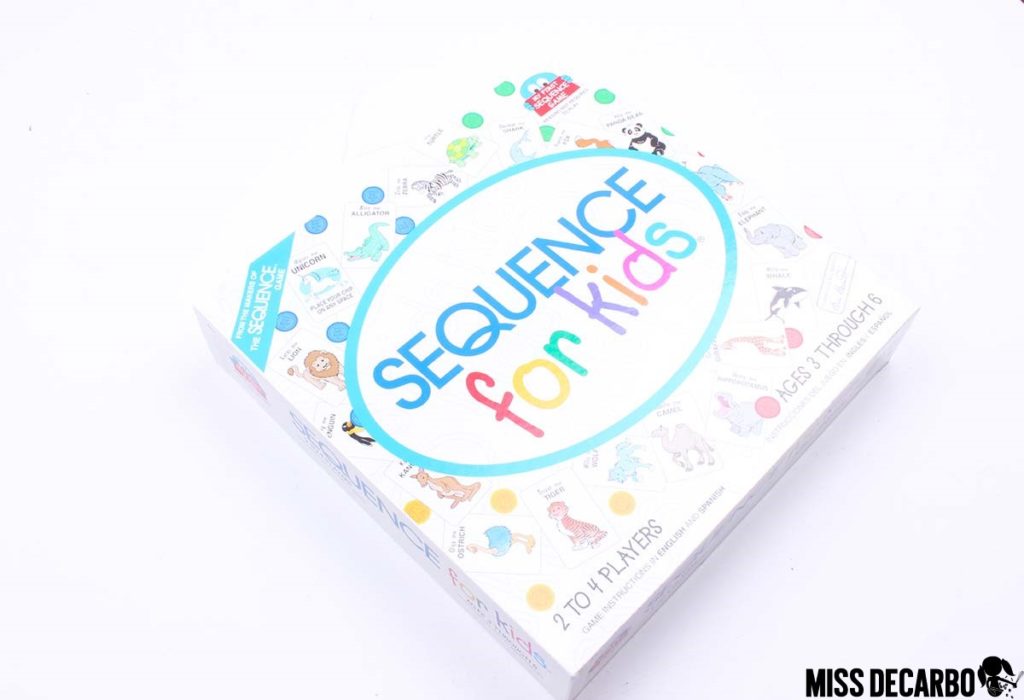
Sequence for Kids is another version in the Sequence games line-up. This is a great critical thinking game for students who cannot yet read, and it makes the perfect indoor recess game for strategy skills! At first, the initial concept of the game seems TOO easy: Students simply place a token on the picture on the board that matches the picture on their card. When a player gets four tokens in a row, he or she wins. Don’t let this game fool you! There is a lot of thinking-rich strategy skills involved when playing this game. You see, in addition to the picture cards, there are also unicorn and dragon cards. A unicorn card allows you to place your game token anywhere on the board. A dragon card allows you to remove an opponent’s game token. Now, you’ve got a game that involves some “if this…then that” thinking! Which, my friends, are the games I love for kids! You can find Sequence for Kids below:
Brain-Freeze
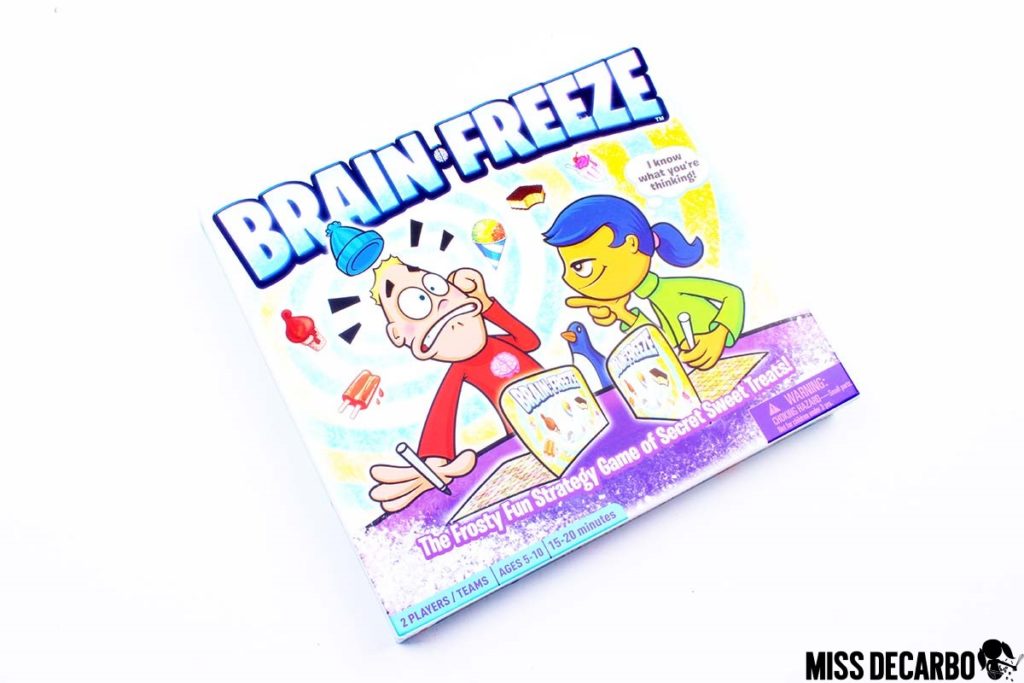
If you don’t own Brain-Freeze, RUN and get it! It is not only engaging, fun, and child-friendly, but it is the perfect strategy game for young students ages 5 and up. Brain-Freeze reminds me of a cooler version of Guess Who for kids. It also builds mental skills such as memory, deductive-reasoning, and strategy skills. It received multiple awards for children and only takes about 15 minutes to play. That amount of playing time makes it an ideal game to place in a literacy center or math center for kindergarten, first-grade, and second-grade students. To play, one child chooses a sweet treat off of the “menu” and circles characteristics of the treat on their game board. The other child guesses and asks questions about what the sweet treat is, just like in the game, Guess Who? Using a dry-erase marker, the player who is guessing crosses out and eliminates different choices based on the clues and the answers the first player gives. The object is to correctly guess the sweet treat the first player secretly chose at the beginning of the game. This game is also wonderful for asking questions and using inference skills! Find it here:
ON THE DOT
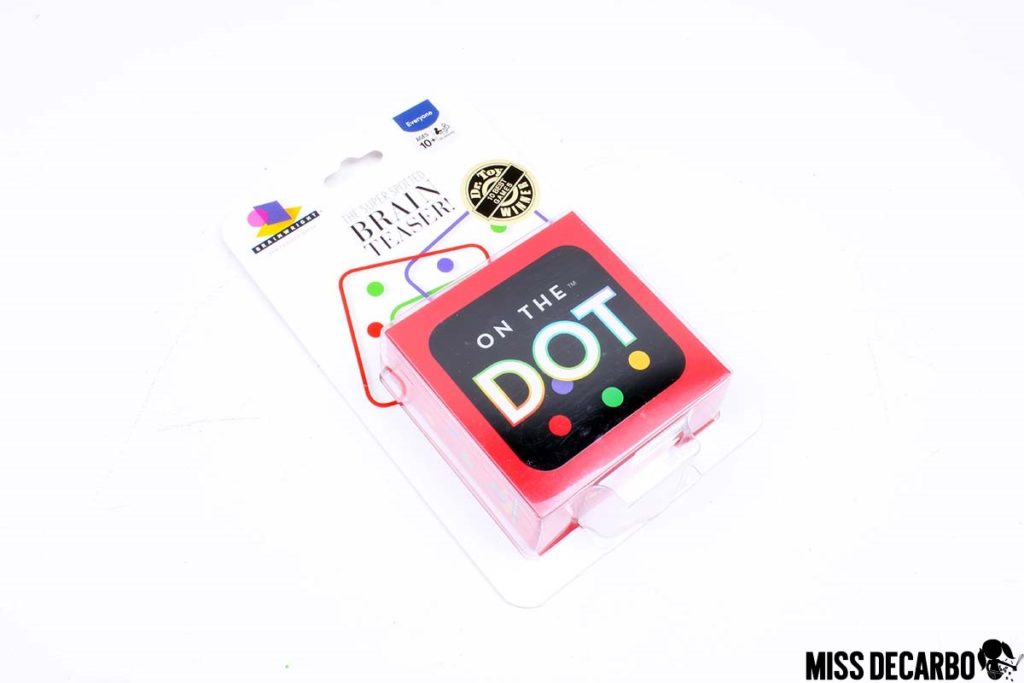
Let’s move on to some more challenging games. These next few games are great for second-grade and up. On the Dot is a challenging puzzle game that requires focus, creative thinking, and an ability to look at things from new perspectives. It’s a true brainteaser that students will love! To play, students choose two transparent cards. The cards have colored dots on them. The student must rotate, flip, turn, or overlap the cards in order to get the dots on both cards to match up. This game is great for building and practicing logical thinking, spatial reasoning, and problem-solving. With 60 different puzzles to match up, On the Dot is a game that can stay in your bins for a long time!
SWISH
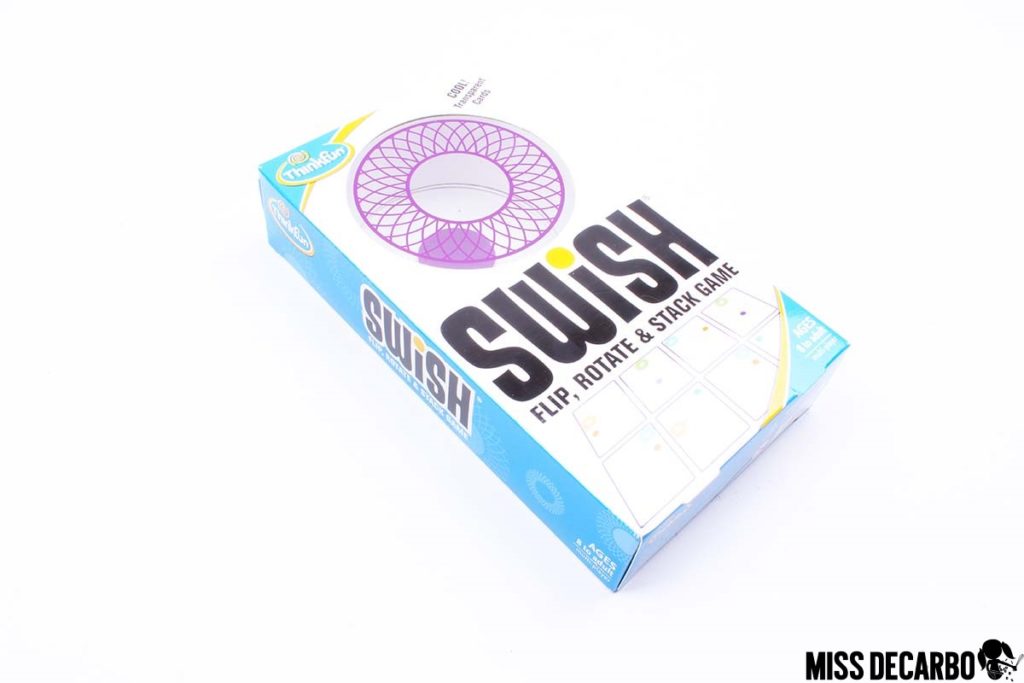
Swish is a game designed for ages 8 and up. It reminds me of On the Dot with transparent cards and colored hoops, or circles. Players take turns stacking and matching up the colored cards. When a match is made, the player keeps both cards. The player with the most matches wins. After playing this game a few times, I decided the Swish Junior game would be the best version to start with in the primary classroom. The pace would go faster and kindergarten and first-grade students would feel more confident and successful. In the Junior version (ages 5+), players layer or stack two or more transparent cards to make a match. The cards have shapes on them in various colors and sizes, making it a much better game for primary students! The Junior version would be great for building spatial reasoning skills and promoting shape recognition. You can find the Swish Junior version below:
BRAINAMIN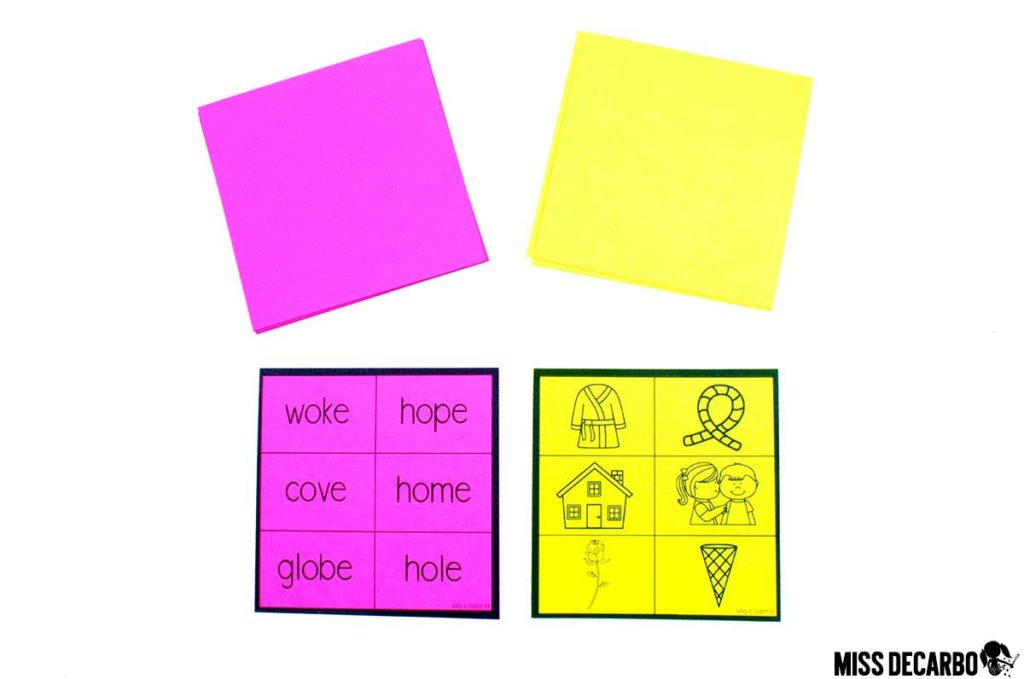
For my last critical thinking game, I can’t get enough of my Brainamin games! In this post, I’ll feature the CVC-e and long vowel edition, but I also have a Brainamin Short Vowel Bundle and a Brainamin Vowel Teams Bundle available, too. This is one of the best games to add to a morning tub or literacy center, and it’s certainly fun to use as a small group warm-up game! If you have students who are struggling with decoding and phonics skills, these games also make a nice change of pace for an intervention group. To play, students flip over two cards: a word card, and a picture card. The students will scan the cards and find the matching word and picture, as shown below:
There is only one match, so the students must think fast and be the first person to find it. The student who finds the match first gets to keep both cards in his or her pile. The student who has the most matches in his or her pile at the end of the game wins. (You can also just play for fun and not keep “score” using the matches.) Let’s play again. Can you find the matching word and picture in the cards shown below?
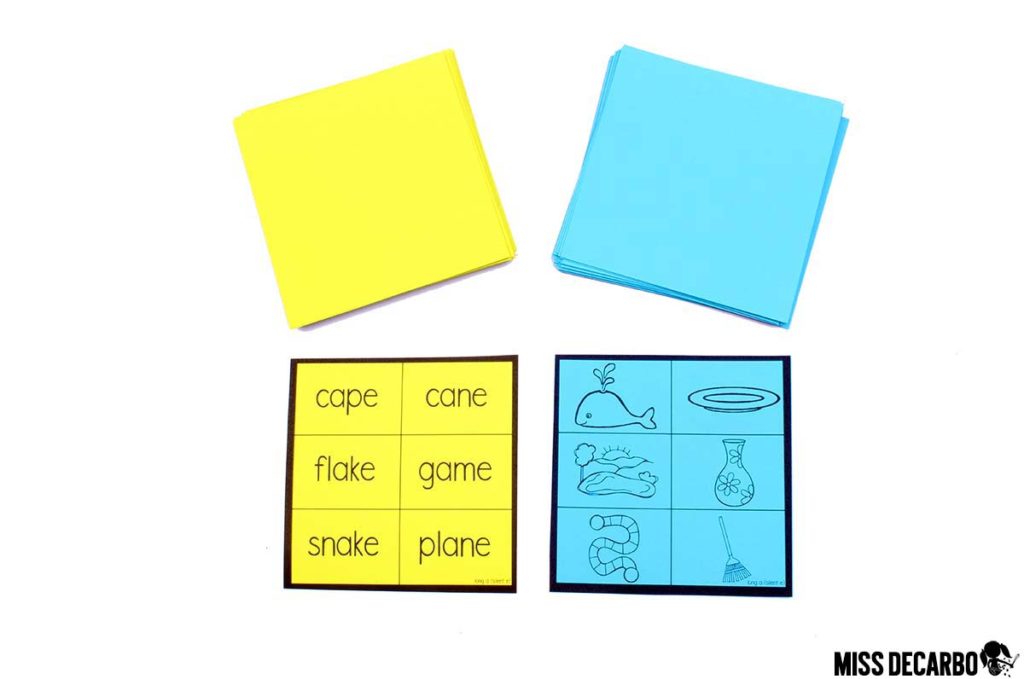
If you’re right, you said, “Game!” As you can see in the next picture, the word game and the picture for game are the only matches among the two cards: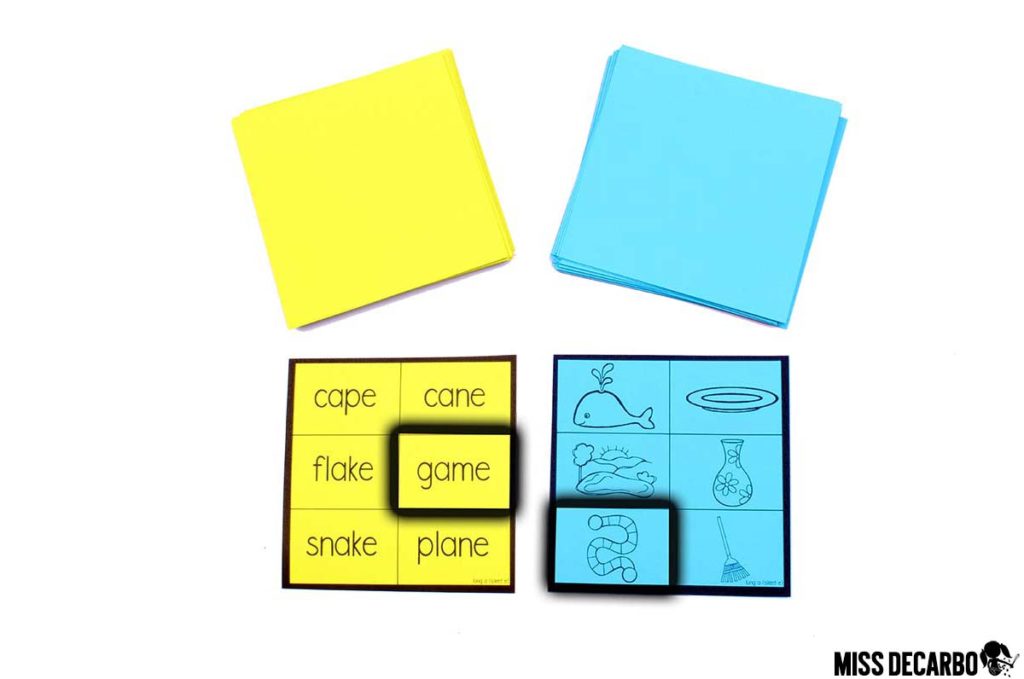
SO fun, right?! What I love MOST about Brainamin is that you can play with a group of students, or with just two students. In fact, students can even play against themselves as an independent game as they race to find the matches among the deck of cards. Brainamin not only improves phonics skills but it also works on visual discrimination skills, critical thinking skills, deductive reasoning, decoding, and fluency for word recall. You can find the different Brainamin bundles and games that I have available by below:
- Brainamin Short Vowels (cvc words)
- Brainamin Long Vowels (cvc-e words)
- Brainamin Vowel Teams
- …more to come in the future!
Try Brainamin for FREE!
You can learn more about critical thinking AND get a FREE Brainamin Short A game pack in a blog post I wrote by clicking HERE or on the blog post image below:
I hope you enjoyed learning about these seven games for critical thinking in the primary classroom! I know they will add fun, play, and lots of great thinking skills into your classroom routine. In order to save this post for later or share it with a colleague, feel free to use the image below to PIN IT on Pinterest!
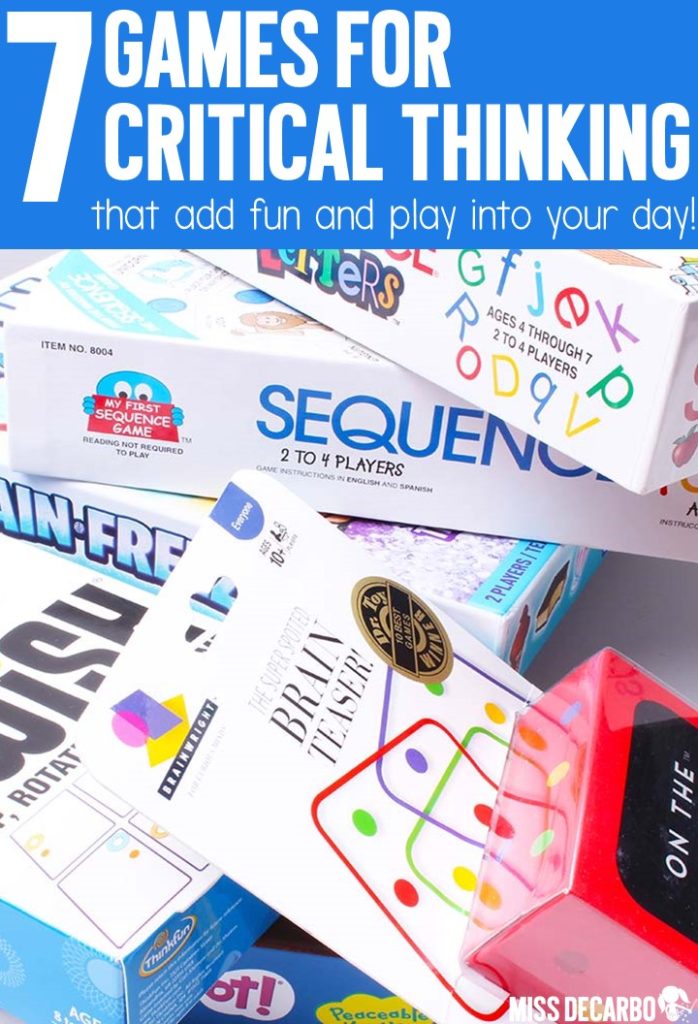

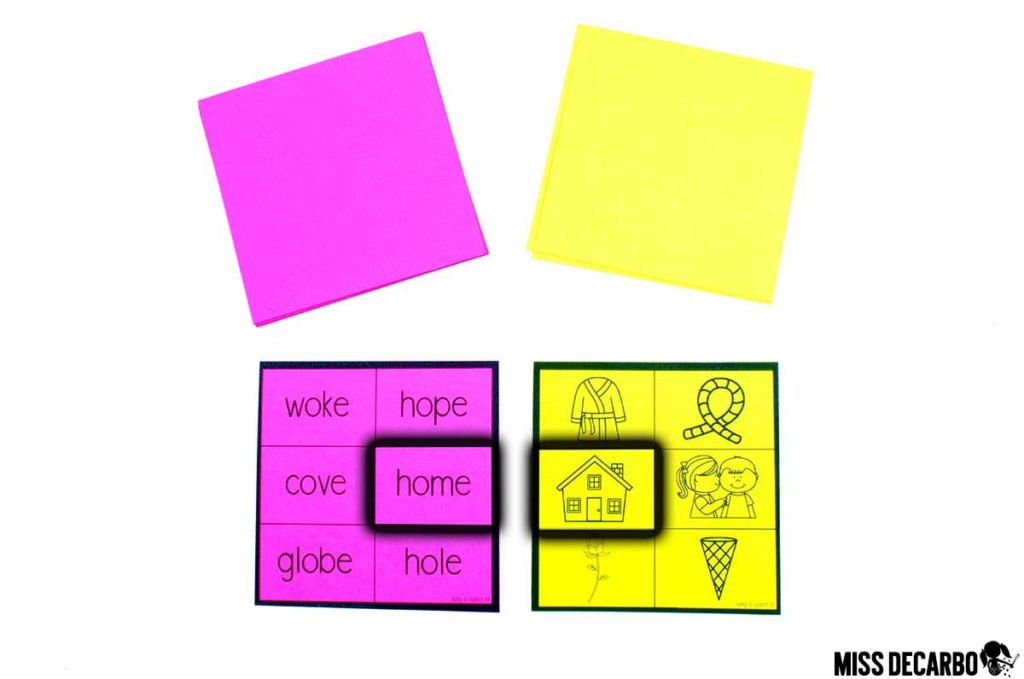
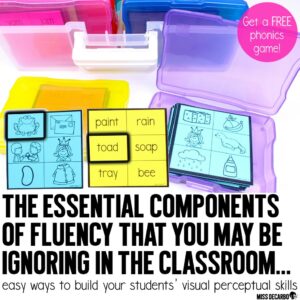
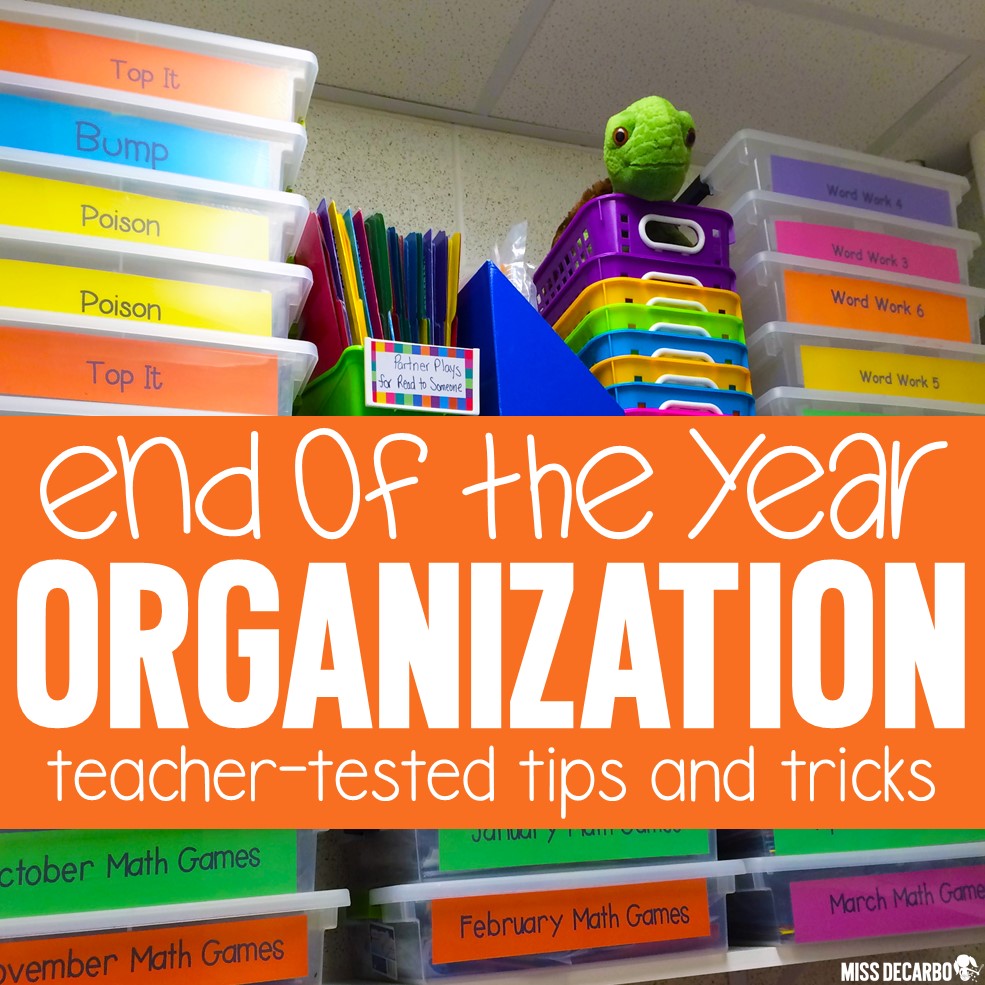
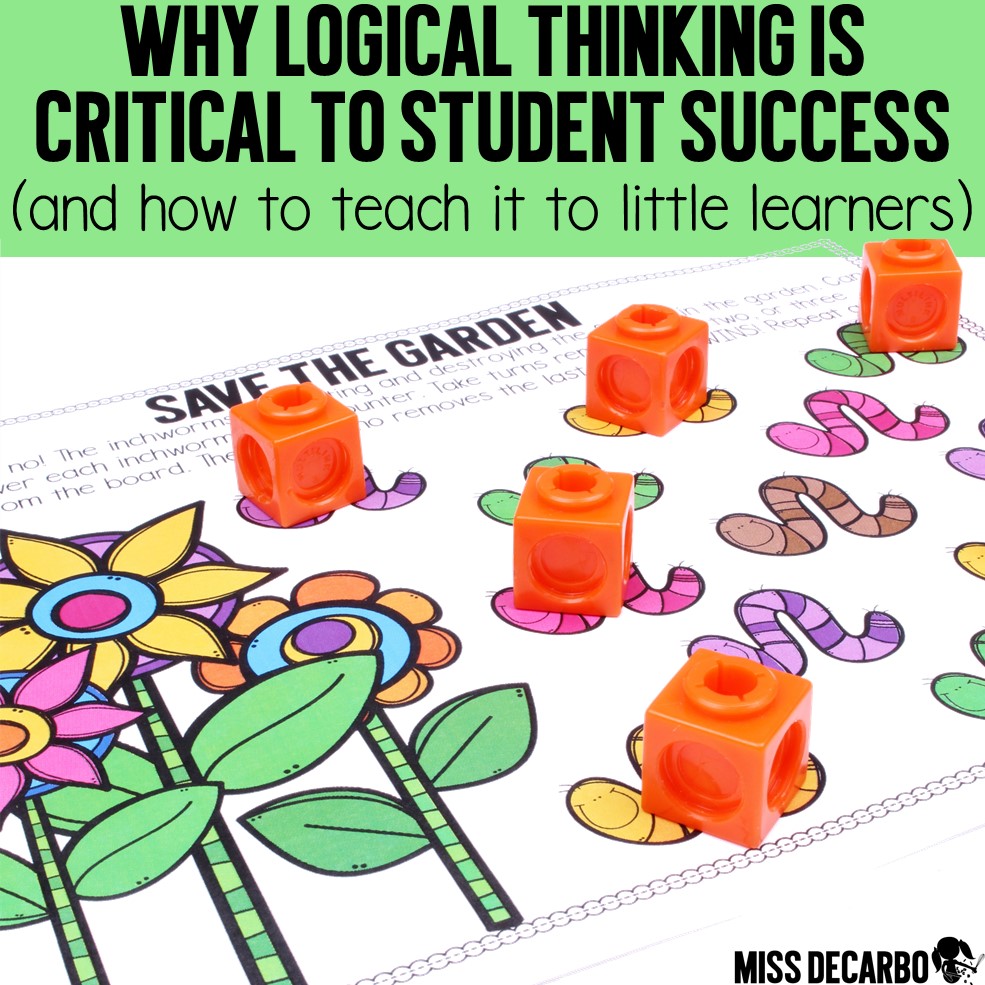
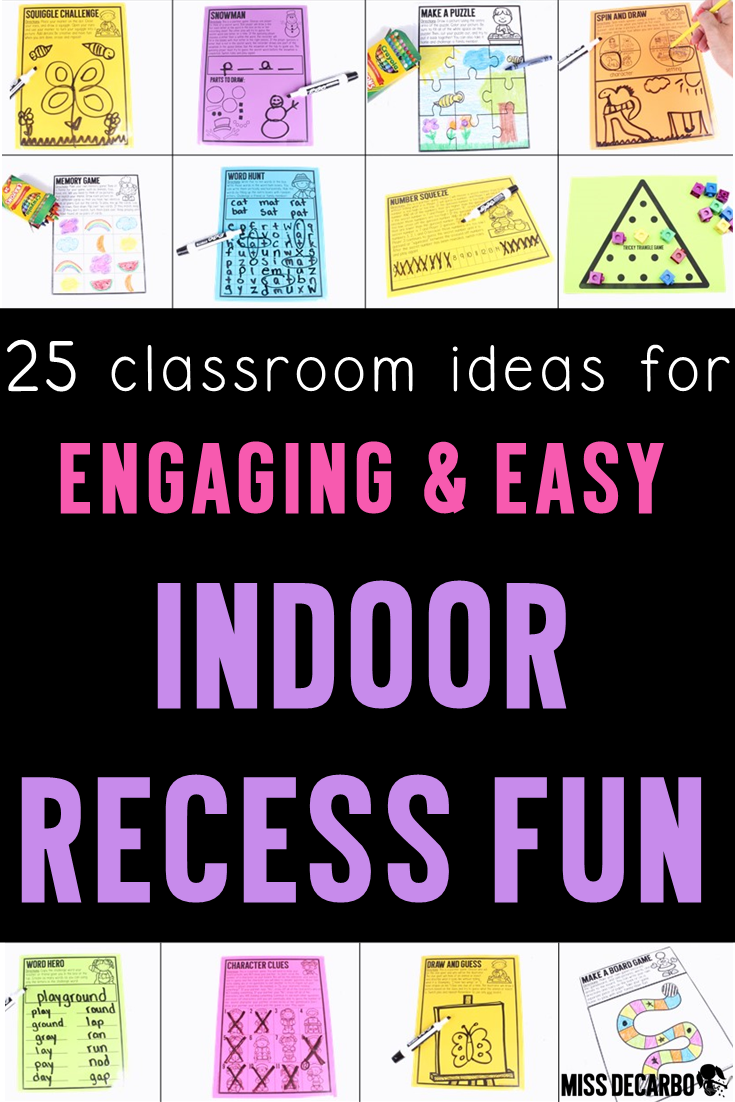
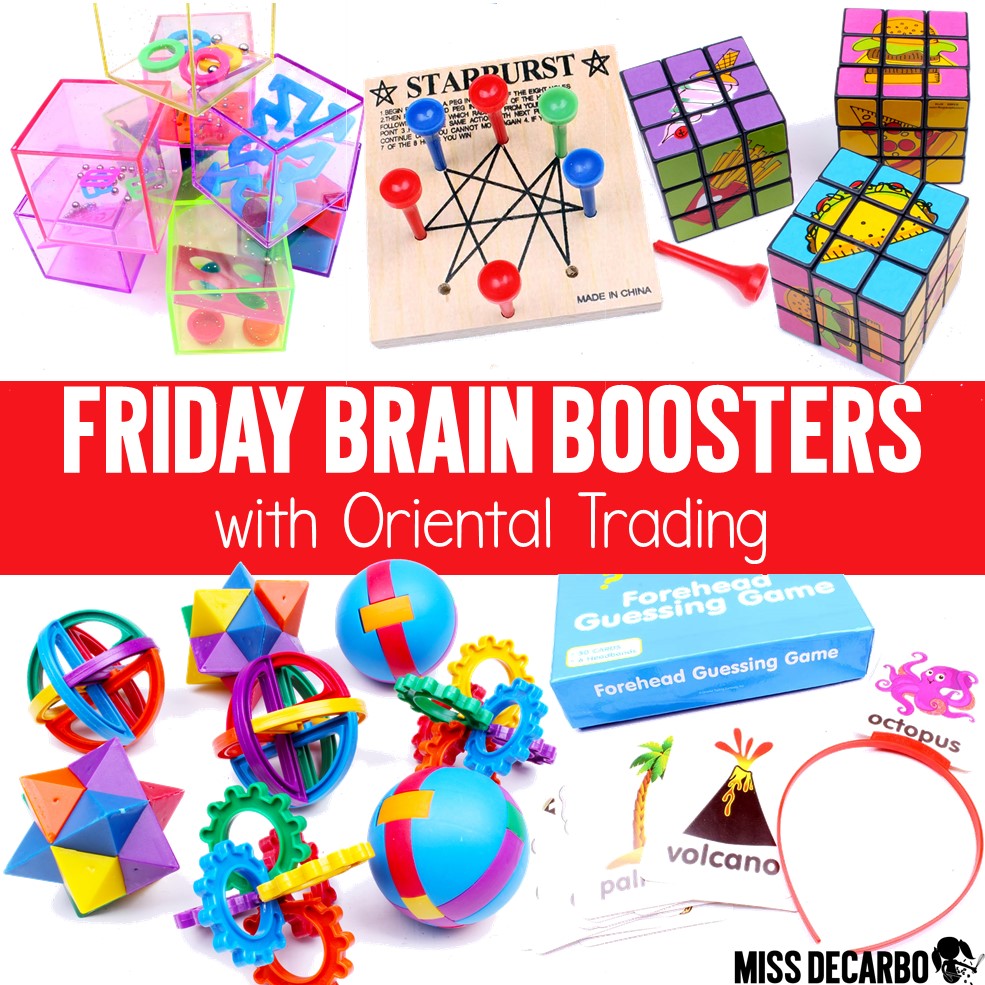

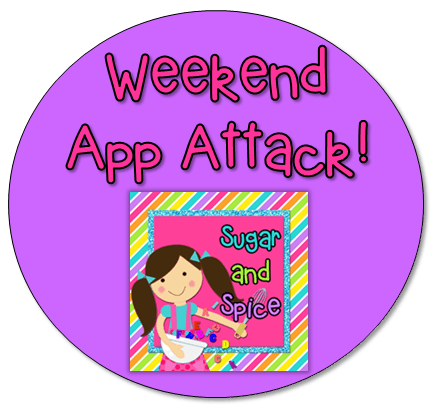
Loved all the games which you have shared with us. Perfect way to engage kids in such fun games for long hours which helps to nurture their overall growth. In this world of technology. where kids are inclined more towards playing online or video games, which affects their physical as well as mental growth. I think it the responsibility of parents to involve kids in games or activities which helps to improve their overall development. Saved your entire list of games to incorporate these in regular kids play. Thanks for sharing such an awesome list of games with us.